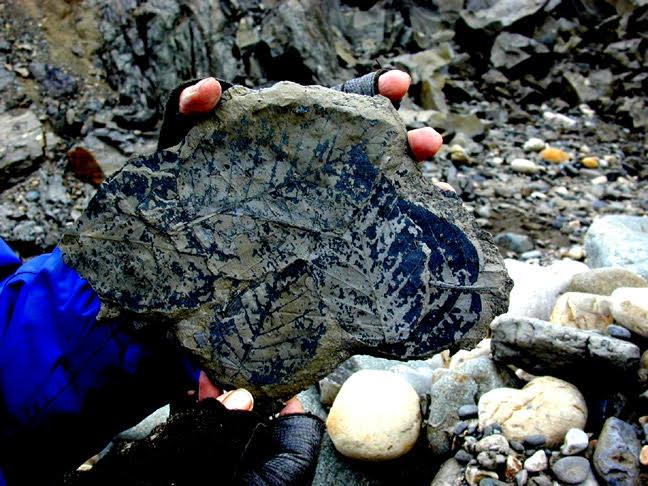New study published in Geology

Credit: Photo credit: A. Hope Jahren.
Boulder, Colo., USA: A common message in use to convey the seriousness of climate change to the public is: “Carbon dioxide levels are higher today than they have been for the past one million years!” This new study by Brian Schubert (University of Louisiana at Lafayette) and coauthors Ying Cui and A. Hope Jahren used a novel method to conclude that today’s carbon dioxide (CO2) levels are actually higher than they have been for the past 23 million years.
The team used the fossilized remains of ancient plant tissues to produce a new record of atmospheric CO2 that spans 23 million years of uninterrupted Earth history. They have shown elsewhere that as plants grow, the relative amount of the two stable isotopes of carbon, carbon-12 and carbon-13 changes in response to the amount of CO2 in the atmosphere. This research, published this week in Geology, is a next-level study measuring the relative amount of these carbon isotopes in fossil plant materials and calculating the CO2 concentration of the atmosphere under which the ancient plants grew.
Furthermore, Schubert and colleagues’ new CO2 “timeline” revealed no evidence for any fluctuations in CO2 that might be comparable to the dramatic CO2 increase of the present day, which suggests today’s abrupt greenhouse disruption is unique across recent geologic history.
Another point, important to geological readers, is that because major evolutionary changes over the past 23 million years were not accompanied by large changes in CO2, perhaps ecosystems and temperature might be more sensitive to smaller changes in CO2 than previously thought. As an example: The substantial global warmth of the middle Pliocene (5 to 3 million years ago) and middle Miocene (17 to 15 million years ago), which are sometimes studied as a comparison for current global warming, were associated with only modest increases in CO2.
###
FEATURED ARTICLE
A 23 million-year record of low atmospheric CO2
Ying Cui; Brian A. Schubert; A. Hope Jahren
CONTACT: Brian Schubert, [email protected]
URL: https:/
GEOLOGY articles are online at http://geology.
https:/
Media Contact
Kea Giles
[email protected]
Original Source
https:/




